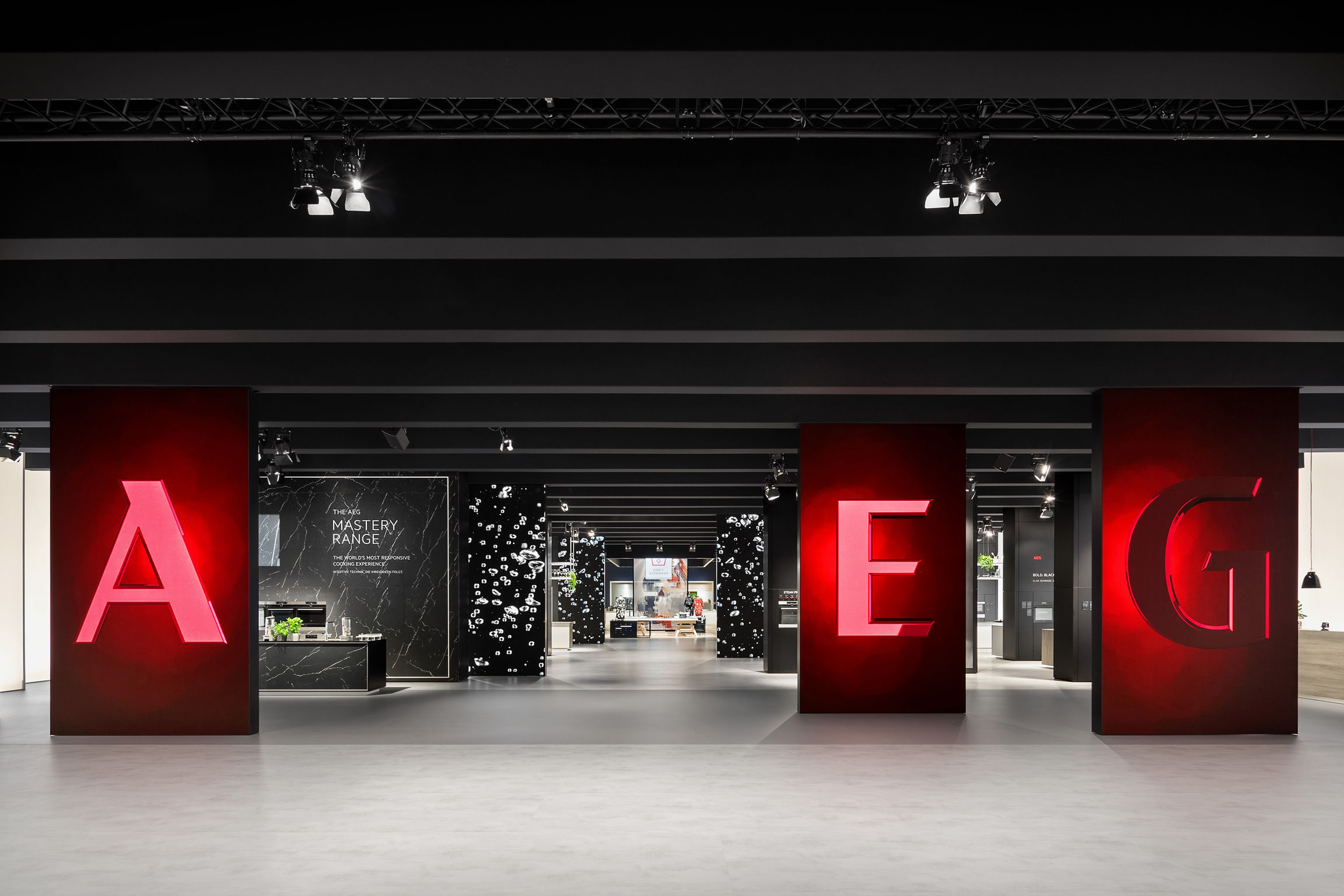AEG’s Enduring Influence on Modern Electrical Engineering

AEG, or Allgemeine Elektricitäts-Gesellschaft (General Electric Company), is a name synonymous with innovation, excellence, and pioneering contributions to the field of electromechanical engineering. Established in 1883 in Berlin, Germany, AEG has played a pivotal role in shaping the modern world through its groundbreaking inventions, technological advancements, and unwavering commitment to quality.
Over the years, AEG has evolved from a small electrical company into a global conglomerate, making significant strides in various industries such as electrical engineering, home appliances, transportation, and telecommunications. This article delves into the rich history of AEG, its remarkable achievements, and its enduring legacy in the world of technology and engineering.
Founding and Early Years
AEG was founded by a group of visionary engineers and industrialists, including Emil Rathenau, who became the company’s first managing director. The company was established during a time when electricity was still in its infancy, and its founders saw immense pote
One of AEG‘s early successes was the development of the first electric light bulb in Germany. The company quickly gained recognition for its innovative approach to electrical engineering, leading to increased demand for its products. AEG’s commitment to research and development set the stage for a series of groundbreaking inventions that would revolutionize multiple industries.
Electrification of Berlin
One of AEG‘s most significant early achievements was the electrification of Berlin. Under the leadership of Emil Rathenau, AEG won a contract in 1884 to provide electric lighting for the city’s streets, leading to Berlin becoming one of the first major cities in the world to be illuminated by electricity. This project marked a significant milestone in the history of urban development and set the standard for future electrification projects around the globe.
Pioneering Electrical Appliances
AEG‘s dedication to innovation extended beyond lighting to the development of electrical appliances for domestic use. In 1909, AEG introduced the first electric washing machine, a device that would revolutionize household chores and improve the quality of life for countless families. This invention laid the foundation for the modern washing machines we use today.
Additionally, AEG pioneered the concept of the electric stove, making cooking safer, more efficient, and accessible to a wider audience. These innovations revolutionized the home and laid the groundwork for the modern kitchen appliances that have become integral to our daily lives.
World War I and Interwar Period
The outbreak of World War I in 1914 had a profound impact on AEG‘s operations. Like many other industrial companies of the time, AEG shifted its production to support the war effort, manufacturing a wide range of products for the military, including electrical equipment, aircraft components, and weapons.
After the war, AEG faced the challenges of a post-war economy, but it managed to adapt and diversify its product offerings. The company expanded into areas such as radio broadcasting technology, creating cutting-edge radio receivers and transmitters that played a crucial role in the development of the radio industry.
Electrifying Transportation
AEG‘s contributions to transportation electrification are also noteworthy. The company was instrumental in the development of electric trams, which revolutionized urban transportation in the early 20th century. AEG’s tram systems were not only more environmentally friendly than their steam or horse-drawn counterparts but also more efficient and reliable.

Furthermore, AEG made significant contributions to the field of electric locomotives. Its pioneering work in electrifying railway networks in Germany and beyond led to the development of high-speed electric trains that are still in use today, contributing to the modernization of transportation systems around the world.
World War II and Post-War Reconstruction
The outbreak of World War II in 1939 once again led AEG to pivot its operations to support the war effort. The company produced a wide range of military equipment, including radar systems, communication devices, and aircraft components. However, like many companies during this tumultuous period, AEG also faced challenges related to wartime destruction and post-war reconstruction.
After the war, AEG played a critical role in rebuilding Germany’s infrastructure, including its electrical and transportation systems. This commitment to reconstruction helped Germany recover and establish itself as an economic powerhouse in the post-war era.
Technological Advancements and Innovation
Throughout its history, AEG has continued to be at the forefront of technological advancements. In the post-war period, the company expanded its product portfolio to include televisions, refrigerators, and other consumer electronics. AEG’s commitment to innovation and quality made its brand synonymous with reliability and cutting-edge technology.
AEG also ventured into the field of aerospace, contributing to the development of aviation technology. Its work in aviation included the production of aircraft components, radar systems, and communication equipment, further solidifying its reputation as a leader in engineering and technology.
Merger and Acquisitions
As the global economy evolved, AEG underwent several mergers and acquisitions. In 1985, AEG merged with the Daimler-Benz Group, forming a powerful conglomerate known as Daimler-Benz Aerospace (DASA). This merger allowed AEG to expand its reach into the aerospace and defense industries.
In 1996, DASA merged with Aérospatiale-Matra and Construcciones Aeronáuticas SA to create the European Aeronautic Defence and Space Company (EADS), now known as Airbus Group. While AEG’s name gradually faded from the corporate landscape, its legacy of innovation and engineering excellence continued through its contributions to EADS and Airbus.
AEG‘s remarkable journey from its founding in the late 19th century to its role in the 21st century as part of Airbus Group showcases its enduring legacy in the world of technology and engineering. The company’s pioneering spirit, commitment to innovation, and contributions to electrification, domestic appliances, transportation, and aerospace have left an indelible mark on our modern world.

AEG‘s story serves as a testament to the power of innovation, perseverance, and the impact that a visionary company can have on society. While the name AEG may no longer be as prominent as it once was, its spirit lives on in the countless inventions and technologies that have shaped the way we live and work today.










